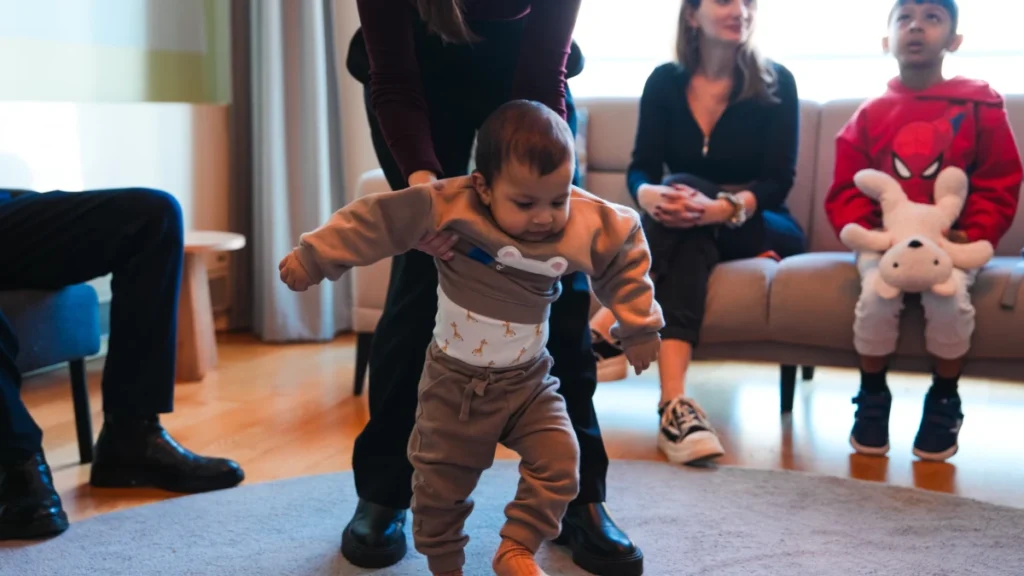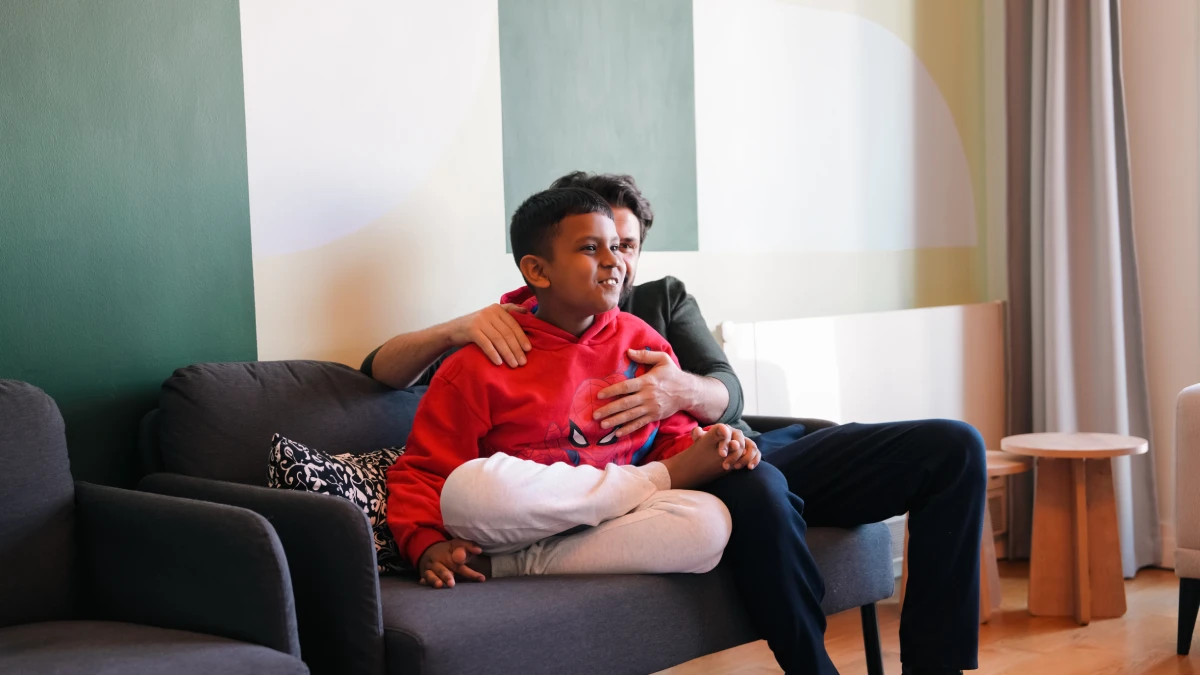Speech therapy is a crucial part of the development for children with autism. Whether it’s improving communication, understanding language, or addressing behavioral concerns, speech therapy techniques vary worldwide. These methods aim to enhance communication skills and make everyday interactions more manageable. In addition to traditional speech therapy, emerging treatments like stem cell therapy for autism are gaining attention for their potential to support speech and language development. This article will explore various speech therapy techniques practiced globally, discuss how stem cell therapy for autism may contribute to speech improvement, and provide insight into how parents can access these treatments.
Speech Therapy Techniques: A Global Perspective
The world of speech therapy for children with autism is diverse, with each country and culture bringing its unique approaches. Here are some of the most commonly used speech therapy techniques:
1. Applied Behavior Analysis (ABA)
• Widely used in: The United States and many Western countries
• ABA therapy is based on the principles of behaviorism, focusing on reinforcing positive behaviors, including communication. It’s often one-on-one and tailored to the child’s specific needs, teaching them to communicate through visual aids, sign language, or speech.
2. Picture Exchange Communication System (PECS)
• Widely used in: United Kingdom, Australia
• PECS is a non-verbal communication system where children use pictures to express their needs. It is often used for non-verbal children and is a great alternative for those who struggle with speech.
3. Speech-Language Pathology (SLP)
• Widely used in: Global
• Speech-language pathologists assess, diagnose, and treat speech and language issues. Techniques include articulation therapy, language development strategies, and social communication training. These therapies focus on improving both verbal and non-verbal communication skills.
4. PROMPT Therapy
• Widely used in: United States, United Kingdom
• The PROMPT (Prompts for Restructuring Oral Muscular Phonetic Targets) approach is tactile-based, where the therapist uses hand guidance to help children form sounds and words. It’s designed for children with speech production challenges and is widely recommended for those with autism.
5. Son-Rise Program
• Widely used in: United States
• This program is based on the idea of joining the child in their world, encouraging natural communication through play and social interaction. It’s an approach that fosters communication through empathy and understanding.
6. Relationship Development Intervention (RDI)
• Widely used in: United States
• RDI focuses on improving social and communication skills through emotional connections. It emphasizes the importance of relationships in developing communication skills, which can help children with autism communicate more effectively.

How Stem Cell Therapy for Autism Can Support Speech Development
While traditional speech therapy techniques remain fundamental in helping children with autism develop communication skills, there is growing interest in how stem cell therapy for autism might complement these efforts. Stem cell therapy focuses on repairing or regenerating damaged brain cells and improving neurological function. Some studies suggest that stem cell therapy may aid in the development of motor skills, social interaction, and even speech.
Stem Cell Therapy Autism Research
Research into stem cell therapy for autism is ongoing, with early studies showing promise in improving speech and communication skills in children. This therapy may help reduce symptoms associated with autism, such as delayed speech, social difficulties, and anxiety, providing new hope for families.
Stem Cell Therapy Autism Success Stories
Many families have shared success stories about their children’s improvement after stem cell therapy, including positive changes in speech and communication. For instance, some children have made strides in verbal communication, while others show increased interest in social interactions. Although results vary, the stories are encouraging for parents looking for additional treatment options.
Stem Cell Therapy for Autism Reviews
While stem cell therapy for autism remains a controversial topic, reviews from parents and experts alike are generally optimistic, especially in terms of reducing symptoms and improving communication abilities. The therapy’s potential to complement traditional therapies like speech therapy offers families additional avenues to explore.
Key Considerations When Choosing Stem Cell Therapy for Autism
Before pursuing stem cell therapy, parents should carefully consider several factors to ensure they are making an informed decision:
1. Cost of Stem Cell Therapy for Autism
• The cost of stem cell therapy can vary widely, depending on the clinic and the specific treatment plan. Parents should inquire about pricing, potential insurance coverage, and payment plans.
2. Best Stem Cell Clinics for Autism
• When choosing a clinic, it’s important to research and select reputable, well-established centers known for their success in treating autism. Look for clinics that have proven experience and positive reviews from other families.
3. Stem Cell Therapy Autism Clinical Trials
• Clinical trials provide an opportunity to participate in research studies to test the effectiveness of stem cell therapy for autism. Parents interested in this option should consult with healthcare providers about available trials and eligibility.
4. How Effective is Stem Cell Therapy for Autism?
• The effectiveness of stem cell therapy for autism varies. While some children show marked improvements in speech and behavior, others may experience minimal changes. It’s essential to manage expectations and consult with a healthcare professional to understand the potential benefits.
5. Stem Cell Therapy Autism Side Effects
• Stem cell therapy is generally considered safe, but there can be mild side effects such as fatigue or temporary inflammation. Parents should discuss the potential risks and benefits with their chosen healthcare provider.
Conclusion
Speech therapy is an essential part of supporting children with autism in developing communication skills, and techniques vary widely across the world. From ABA therapy to the Son-Rise Program, these methods are designed to address the unique needs of each child. As research into stem cell therapy continues to grow, it shows promise as a complementary treatment that may support speech development in children with autism. Families should carefully explore all available options, considering traditional therapies, emerging treatments, and the experiences of other families.
Frequently Asked Questions
What is the role of stem cell therapy in speech development for children with autism?
Stem cell therapy may help improve neurological functions, including speech and communication skills. While results vary, many families have reported positive changes.
How can I find the best stem cell clinic for autism?
Look for clinics with proven experience and positive patient reviews. It’s essential to choose a reputable clinic with a track record of success in treating autism.
What are the costs of stem cell therapy for autism?
The cost of stem cell therapy can vary significantly. It’s advisable to inquire about the exact pricing, potential insurance coverage, and available payment plans before proceeding.
Can stem cell therapy replace speech therapy?
Stem cell therapy is not a replacement for speech therapy but may serve as a complementary treatment to enhance the results of traditional therapies.

